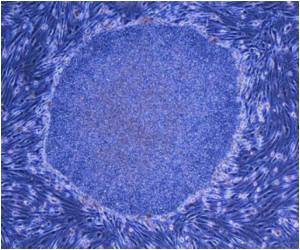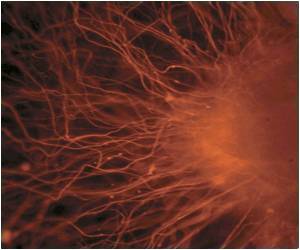By fitting a 'smart' mobile phone with magnifying optics, bioengineers have created a real 'cell' phone, a diagnostic-quality microscope to help diagnose diseases.

Dr. Schmid, who is in the bioengineering and biophysics lab of Daniel Fletcher, PhD, said that the UC Berkeley researchers initially envisioned a mobile phone-microscope so rugged that it could be used for high-resolution imaging outside traditional laboratory environments, especially for disease diagnostics in developing countries.
But, after a chance encounter with a secondary school science teacher, Dr. Schmid and her colleagues decided to evaluate CellScope in an alternate environment: a middle school science classroom at the San Francisco Friends School.
Over the course of a year, the middle schoolers participated in the development of educational CellScopes by carrying out a "Micro:Macro" project outside the classroom, where they took macroscopic and microscopic pictures of objects in their homes, gardens, parks and playgrounds.
Dr. Schmid said that the captured images were displayed in real time on the phone's touch screen and were viewed simultaneously by multiple individuals, thereby sparking interactive discussions among students and teachers.
Image modifications and annotations were performed directly on the smartphone screen, and results were subsequently posted to social media platforms for further discussions.
Advertisement
Researchers at the University of Hawaii have taken the CellScopes and their students to the beach to monitor plankton diversity, Dr. Schmid said.
Advertisement









